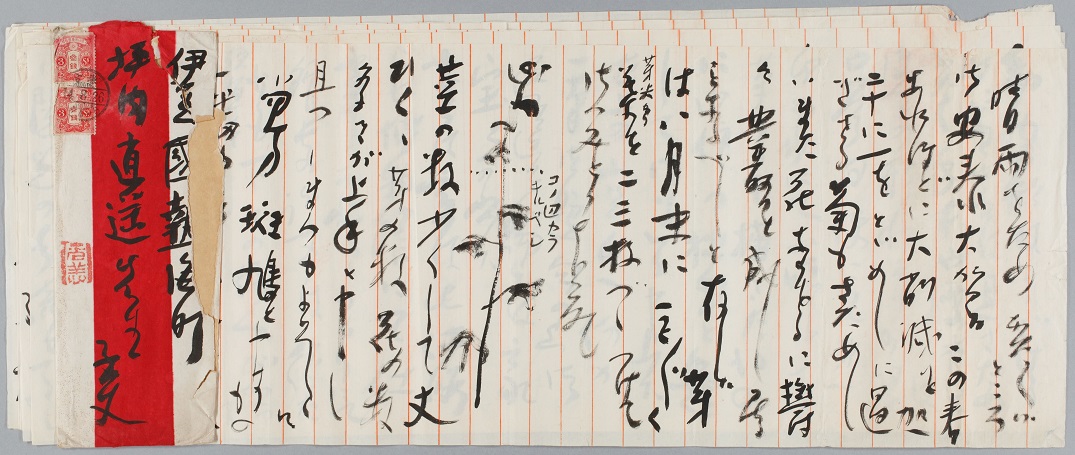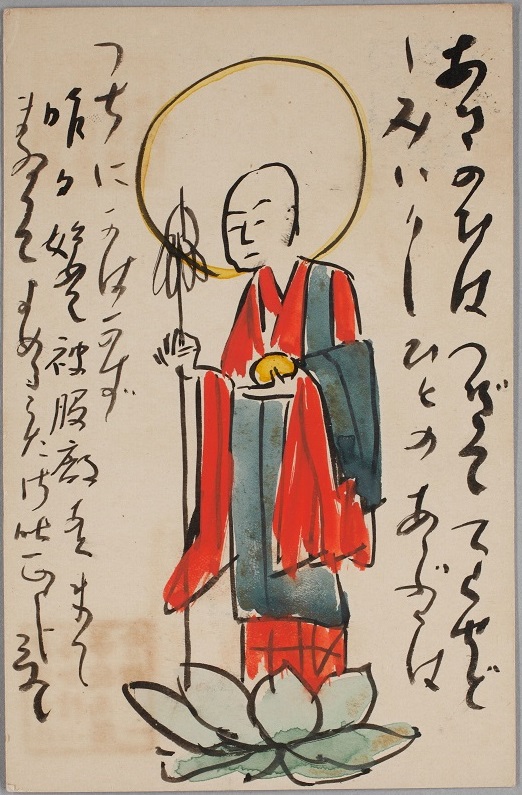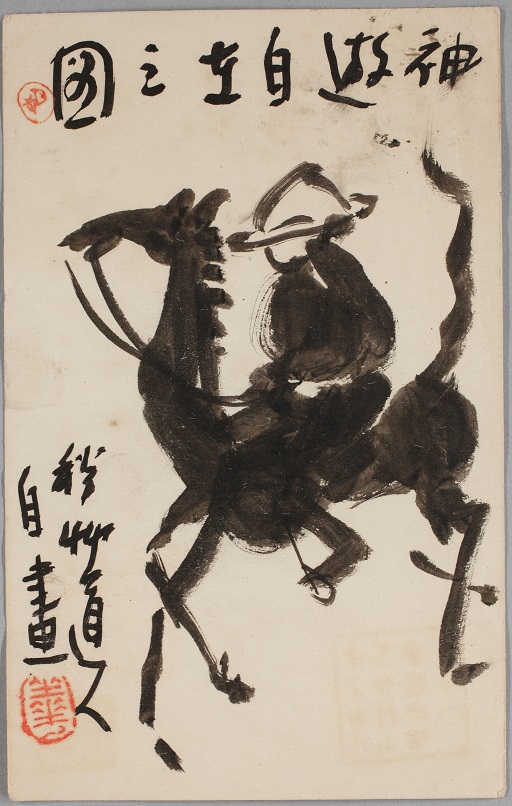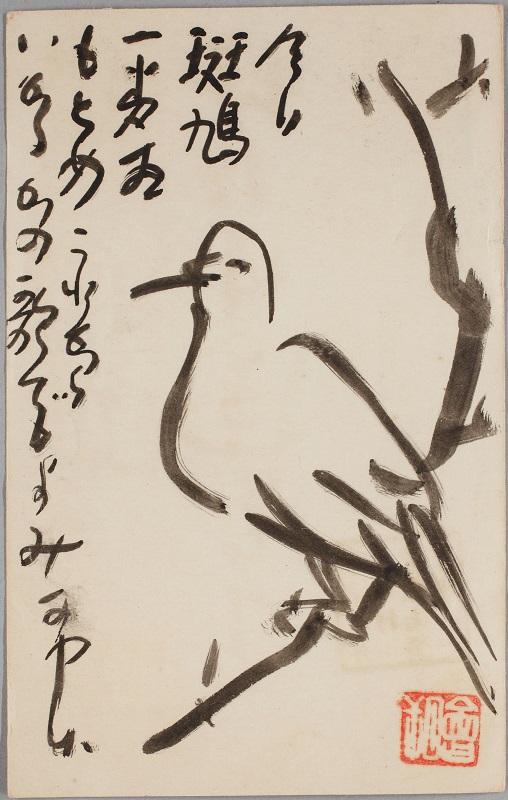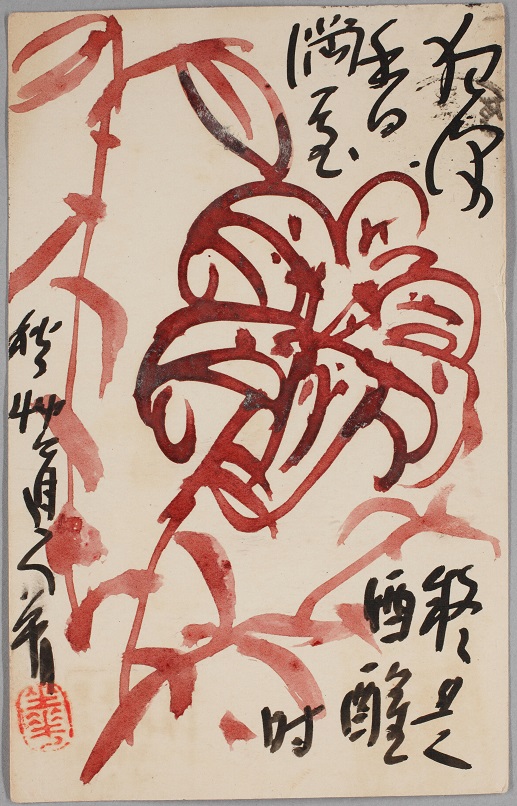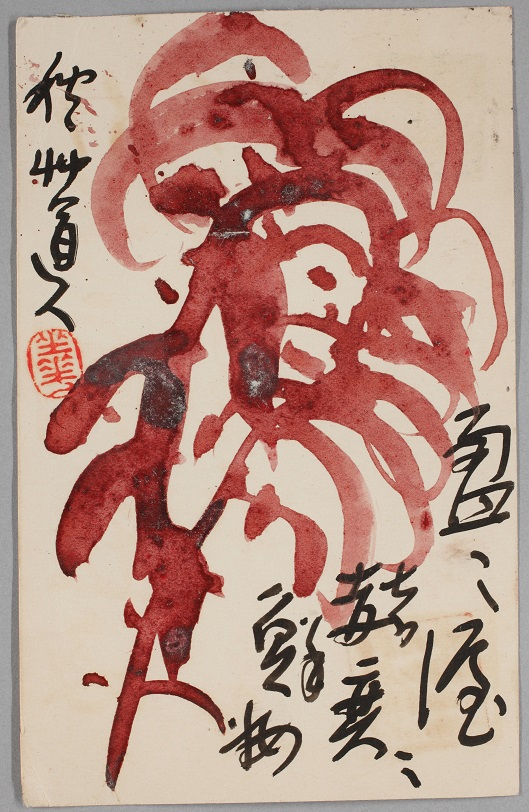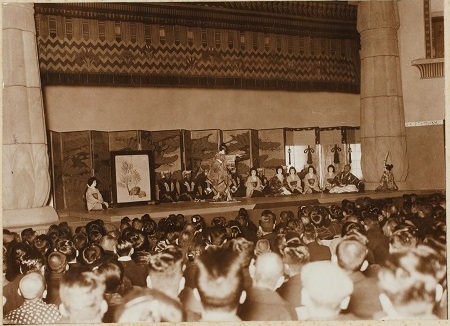Selected research 1: Basic research survey of materials relating to Shoyo Tsubouchi and Shiko Tsubouchi
-
Principal Researcher: Kuniko Hamaguchi (Affiliated Lecturer, The College of Intercultural Communication, Rikkyo University)
Collaborative Researchers: Akira Kikuchi (Adjunct Researcher, Waseda University Theatre Museum), Kaoru Matsuyama (Full-time Staff, Waseda University Library), Tomoaki Kojima (Part-time Lecturer, Musashino Art University), Kaho Mizuta (Adjunct Researcher, Waseda University Theatre Museum), Kazuko Yanagisawa (Part-time Lecturer, Faculty of Education and Integrated Arts and Sciences, Waseda University)
【Research objective】
Many materials related to Tsubouchi Shoyo and Tsubouchi Shiko stored in the Theatre Museum have not yet been organized. Individual items belonging to the extremely large collection of materials on Shoyo (including manuscripts written in his hand and letters he received) have not been investigated. Moreover, many of these items have not been assigned registration numbers. Artifacts relating to Shiko have been donated in the last dozen years. These remain in their original condition, as it has not been possible to confirm their content, impeding the task of arranging them. The plan for this research project involves first ascertaining the extent of the collection and then investigating individual artifacts (in order of priority and with respect to the availability of time). A detailed inventory will be prepared, contributing to future research.
【Summary of the research findings】
〇Shoyo Tsubouchi-related materials (letters sent to Shoyo Tsubouchi)
This year, we made progress in arranging and provisionally cataloguing the previously unarranged letters. We have provisionally catalogued the letters from around 400 individuals addressed to Tsubouchi Shoyo, not including letters from non-Japanese persons. We produced digital copies of 765 letters from 232 individuals writing these letters. With regard to reprints, we have completed the chronicling and reprinting of 128 of Aizu Yaichi’s letters to Shoyo. The correspondence between Shoyo and Yaichi has already been published in “Correspondence between Tsubouchi Shoyo and Aizu Yaichi [Tsubouchi Shōyō / Aizu Yaichi ōfuku shokan]” (1968), but the abovementioned reprints are all newly publicized letters. Many of Yaichi’s letters are lengthy, and they contain his thoughts and honest feelings openly expressed to Shoyo. As such, they represent a precious source that augments hitherto unclear areas. Also included in the body of materials are Shoyo and Yaichi’s waka and haiku poems, as well as postcards with beautiful illustrations. This year, the 80 missives, representing the first half of the collection, will be published in the 39th issue of “Theater Studies [Engeki Kenkyū]” (Kikuchi, Matsuyama, Yanagisawa, Hamaguchi, “Reprint of the Letters sent to Shoyo Tsubouchi 1:Reprint of the Letters from Yaichi Aizu to Shoyo Tsubouchi (1)”). The second half is scheduled for publication next year.
〇Shiko Tsubouchi-related materials
Of the 20 boxes containing materials related to Tsubouchi Shiko, we have opened five and arranged three. These boxes contain approximately 1,000 photographs and approximately 1,800 letters, and we have so far made provisional catalogues of the contents and digitized the photographs.
The collection sheds light on the new school of Japanese drama (shingeki) during the Taisho and early Showa periods, including the drama studies association [Gikyoku kenkyūkai], arts association [Geijutsu kyōkai], and Takarazuka Popular Theater [Takarazuka Kokumin-za], which was placed under the charge of Shiko by its founder Kobayashi Ichizo. This area of theatre research has seldom received attention hitherto, owing to the limited number of historical sources. The collection also provides a survey of the people who backed up Shiko, many of whom were the Waseda graduates who resided in the Kansai area. In addition, the set also clarifies that groups such as the Takarazuka New Theater Company [Takarazuka Shingeki-dan] (an attempt for training young men Ichizo planned in 1919) were, from Shiko’s perspective, ephemeral “Takarazuka Arts Societies [Takarazuka Bungei-kyōkai].” We presented our research findings on December 13, the second day of the 2015 Kabuki Research Association Autumn Conference held at Gakushikaikan (Mizuta “Tsubouchi Shiko and the Takarazuka Non-regular Students”).

